I recently spent a month through March and April travelling Thailand and I wanted to share some of the photographs I took as well as what I learnt about

photography during backpacking travel; as it actually surprised me how little I used my DSLR camera. Of course I was constantly taking photos and my album from Thailand boats 1000+ images, yet more than half of them were shot on my iPhone.
I took my Canon EOS 1200D DSLR camera. Alongside this I took many photos using the camera on my iPhone 6.
This is what I learnt as I went, along with examples of the photos that I took…
- If you are immersed in an environment that greatly juxtaposes your own, this is a huge advantage. This is because you will see the beauty in simpler things. Scenes or objects that won’t necessarily catch the locals’ eyes will be very interesting and appealing to you; this can produce great photographs with little effort. I realised that just because I was on a big adventure, I still didn’t always have to take photographs of wild or amazing objects to produce an aesthetically pleasing image. This was true as long as I remembered to concentrate particularly on the composition and colours in the frame.
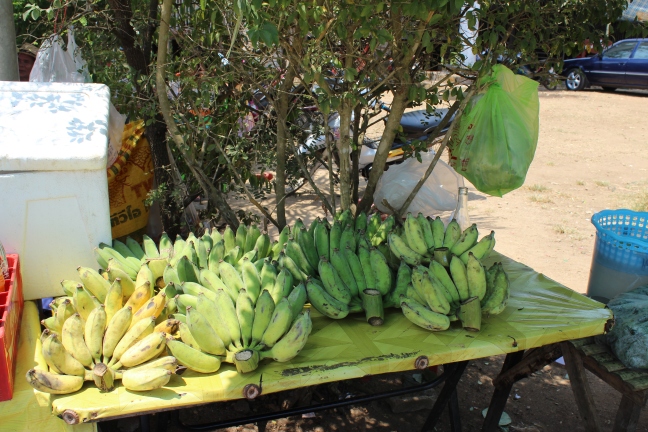
2. You need to have a multi-purpose lens. With fast paced travel, particularly backpacking, which means you can’t carry a great deal of unnecessary items, you’re not going to want multiple lenses and lots of camera equipment both weighing you down and slowing you down. I only took one lens to Thailand with me and that was the Canon EFS 18-55mm f/3.5-5.6 III lens (it is the kit lens for this camera). It’s a zoom lens which is a definite necessity for many pictures on the go in varying situations. If I could have changed something at the time, to compensate for the fact I couldn’t carry more lenses, I would have used a polarising filter to improve the colouring and glare etc on some of my landscape photographs. Now that I have experienced some photography while backpacking and got a feel for it, in the future I would invest in a higher quality ‘general purpose’ lens for travelling. Although, I would definitely still stick to only taking one lens with me due to practicality.

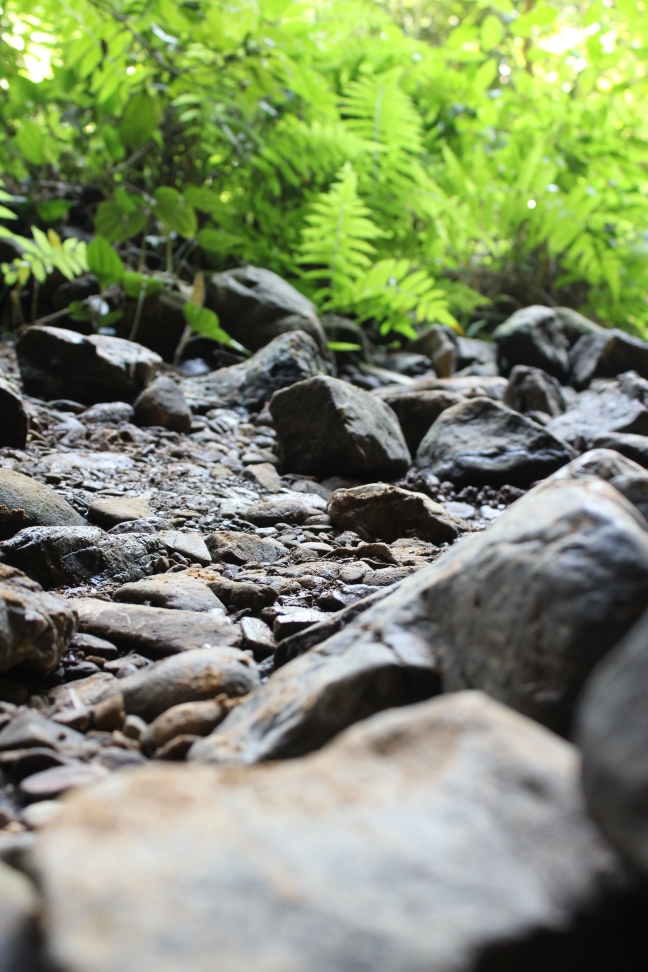
3. Change your perspective. As a tourist it becomes very easy to just stand in front of a beautiful piece of architecture, for example, and just straight up take a very standard and pretty boring photo of it. I learnt that I needed to still think with a photographer’s eye and try to find interesting angles or different places to shoot from, in order to get an image that wasn’t just the same old picture that everyone else has taken of that temple or statue. This also links back to my first point, of not ignoring the seemingly simplistic things you may come across; very often they can give better photographic results than the very grand and extravagant objects. Aiming to combine these two ideas, of finding a simple yet effective and innovative method of photographing a grand object, or in contrast to that, a distinctive and interesting way to photograph a very simplistic object, is in my opinion, one of the main factors involved in taking successful travel photographs. Whilst exploring a new place, it is likely that you are going to want to take very striking and intriguing pictures, it just should be remembered that this can be done in various ways.
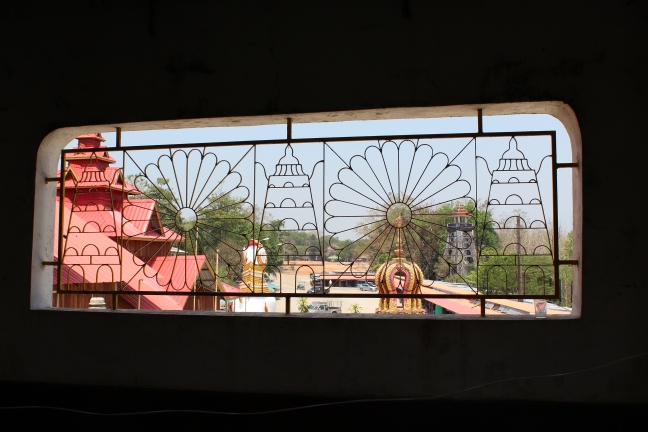
4. Take some panorama shots. All of the panoramas that I did were on my phone; but these can make for breathtaking images. It’s difficult to fit a whole landscape or scene into one frame so utilise panorama functions. Having seen how successful these were, in the future I would definitely take the time to create some panorama images using my DSLR camera. They can give depth to a photograph that a single frame wouldn’t have, as it can bend parts of the image unintentionally. Sometimes this creates distortion but when only done subtly it can give a very pleasing depth to the photo.
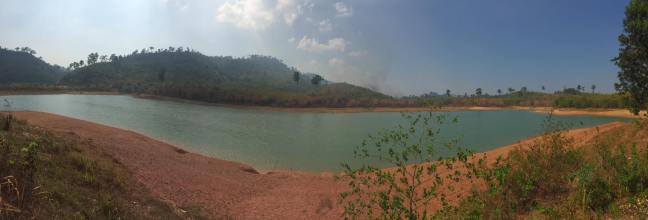

5. The people that you’ll see and meet are a huge part of the culture that you’re capturing; don’t forget them or miss them out as they can really add to the story-telling aspect of a photo, as well as add some context to the image. In my first example, the couple balance out the composition by adding some visual weight to the top third of the photo. Taking the rule of thirds as a guide, I think that this is a pleasing composition, with the large vase occupying the bottom two thirds and the people at the top. Back to my point of people adding context to their environment, lotus flowers (as pictured here in the Grand Palace, Bangkok) are relevant to Buddhism which is the prevalent religion for Thai people, with the population being 93% Buddhist. These flowers are thought to represent enlightenment, faithfulness and purification, as they are beautiful flowers which grow in shallow and murky water. This is added to and further portrayed through the inquisitive looking couple who appear close and connected with each other. Additionally, pink lotus flowers in particular are actually representative of Buddha’s history, therefore they are especially significant for Buddhists.
The second image here is another panorama, this one was taken in the grounds of the Grand Palace in Bangkok. It also emphasises how human presence can improve an image. Although it may at first seem annoying to be visiting on a busy day and have crowds of people interrupting your attempt to photograph the intricate buildings, in fact I think that they are adding to the photo. They give an energy to the image with a sense of movement and make it seem more current, as though you are almost there when you look at it. The area looks busy and bustling and more alive. This makes for a more exciting photograph, in my opinion. They are also adding more colour and vibrancy to the bright image which works well. Again, this means its not just any other picture of the same buildings.
These examples were both taken on my phone. The clear disadvantages to using your phone are the lower quality of the photographs and the lack of control compared to using a DSLR camera. However, the major advantage is speed and ease.
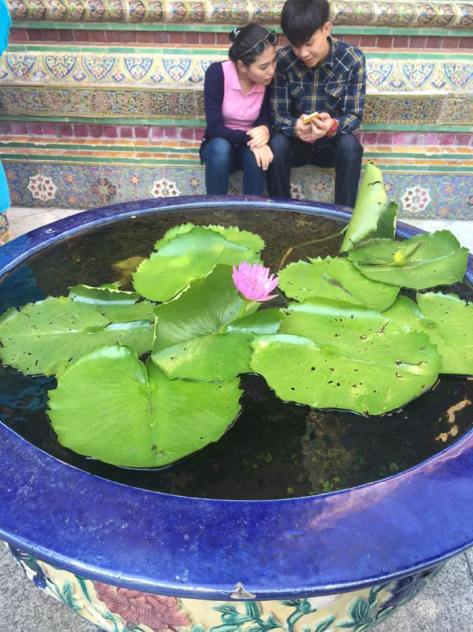

6. I love to experiment with my photographic work and travelling is such a good opportunity for this. I wish that I’d had a Go Pro camera to catch more of the very fast paced and action filled moments when we did activities such as bungee jumping, snorkelling and rafting. I think that in the future, on a trip like this one, I will definitely take a Go Pro. That being said, I definitely found many opportunities to take lots of photographs on my camera that I wouldn’t usually be able to get, (yes, I got a bit too excited and way over shot at the elephant sanctuary.) So, use whatever equipment you have, even if that’s solely a phone camera, but remember to keep experimenting with it and taking lots of images to find what works and you’ll have some successful ones.
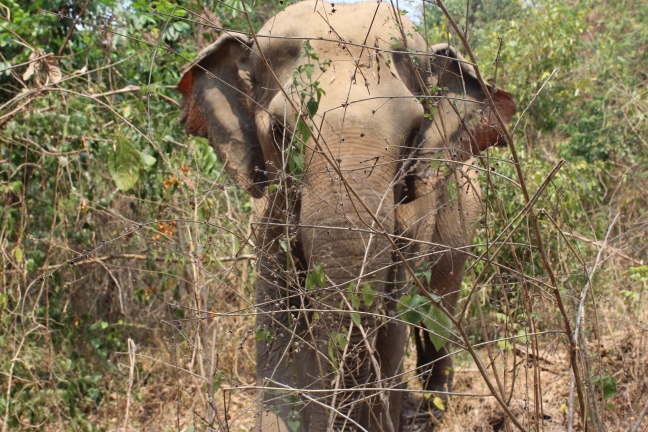
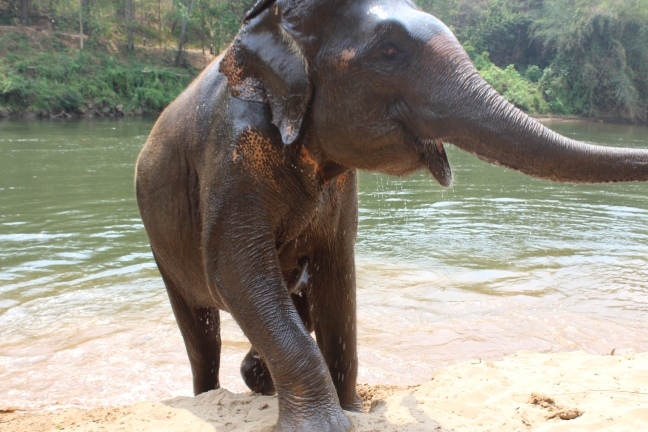

7. Try to capture movement in any form. This is what I think is a huge factor in creating magic and beauty in travel photography. If you’re travelling, then you are on the go and active, and it adds life to your photography to capture this idea all around you in your work. This could be seen with the light trails of fast cars in cities, or in rural areas with animals such as flying bugs; this comes in countless forms. Not needing to sit and over think to compose a perfect frame in studio settings with lots of equipment and time is what makes travel photography so fun, because it’s all in the moment and good shots are down to chance. Factors such as blurring which are seen as traditionally photographically “wrong” can be what makes an image interesting, and this adds to the photo’s story-telling aspect.
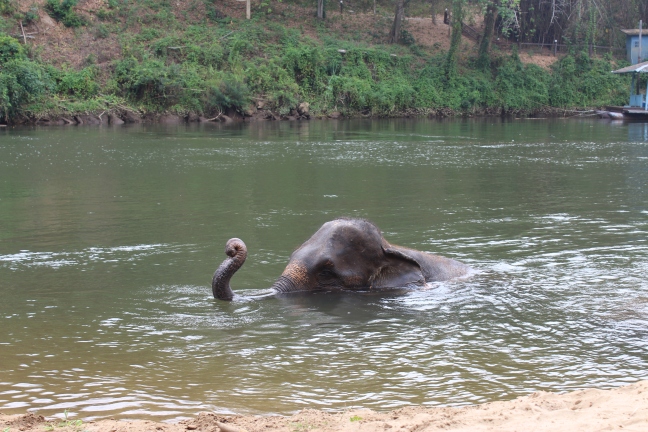
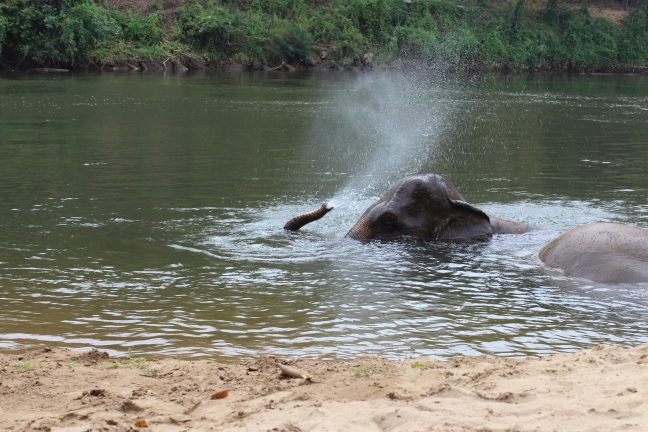
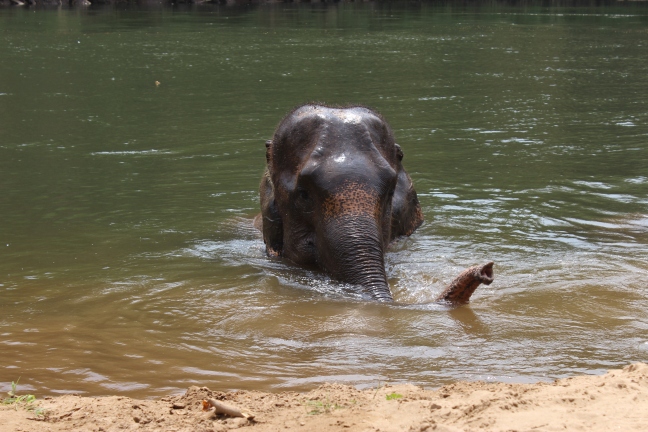
8. Be aware that different surroundings will require altering settings. This will vary depending on where you are; during my time in Thailand I spent time in the capital city, a small town and the jungle, as well as a bigger busier town and a more relaxed island. take into account photographic elements that may change such as the amount of light and the colours around you but also practical elements such as safety in certain situations. Here, I have just added some images taken from various places on the trip. Finding the right angle and perspective is crucial, with many of these images I took multiple images from different angles and at landscape and portrait aspects to get the desired photo.
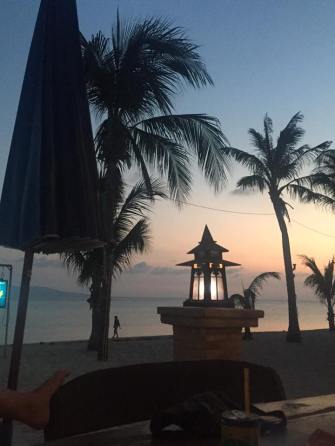



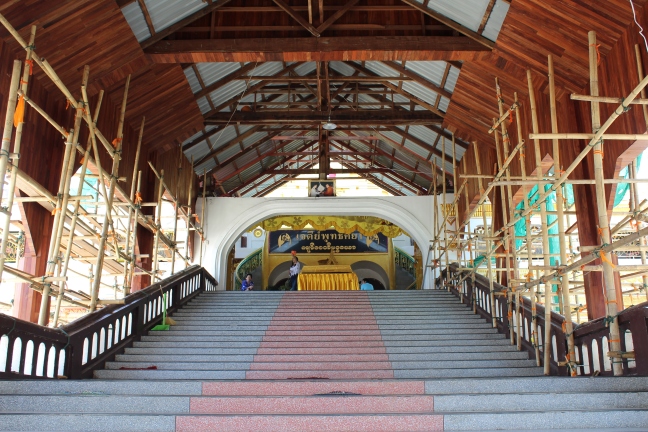
All in all, I have found that I’ll definitely regret it if i don’t take my camera travelling with me. Being away from home is such a good opportunity to spend time out taking photos just for fun and snaps you wouldn’t usually get. My advice is to always take your camera when travelling, you will regret it if you don’t. Even on a short trip to Ireland in September I was disappointed that I somehow managed to forget my camera, as the landscapes were beautiful, particularly the quiet beaches -and it was very sunny which is rare. I also didn’t take my camera on holiday to Prague and Amsterdam last year which was a shame as there was a lot of lovely quaint architecture. I will make sure to take my camera to Budapest when I go there in September and hopefully to Oregon, US later in the year! 🙂